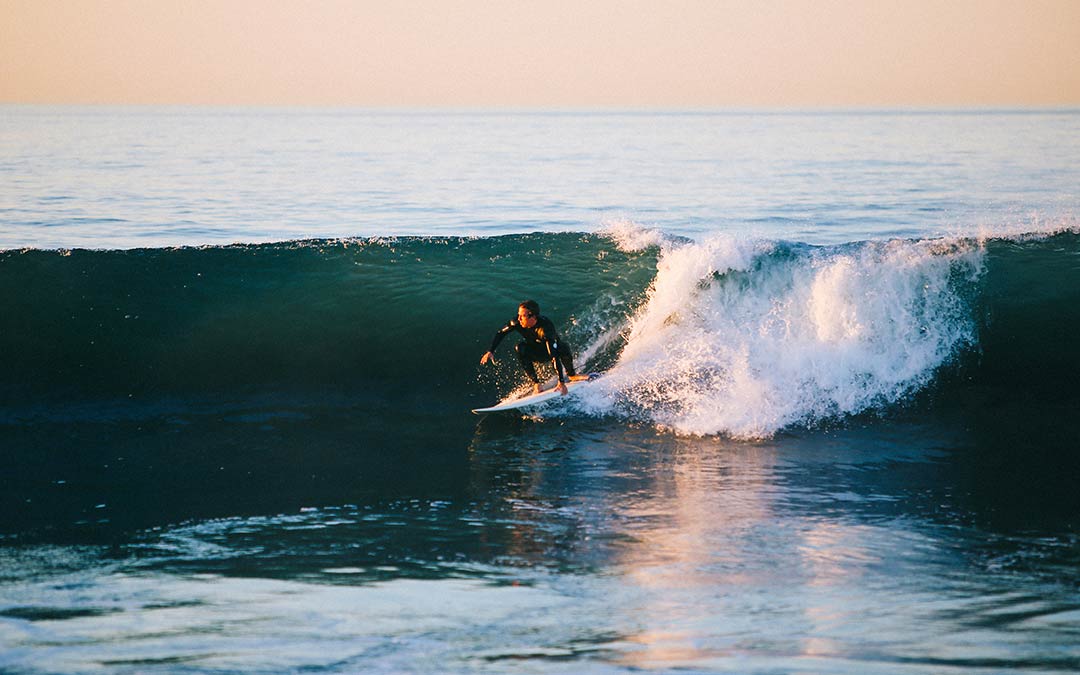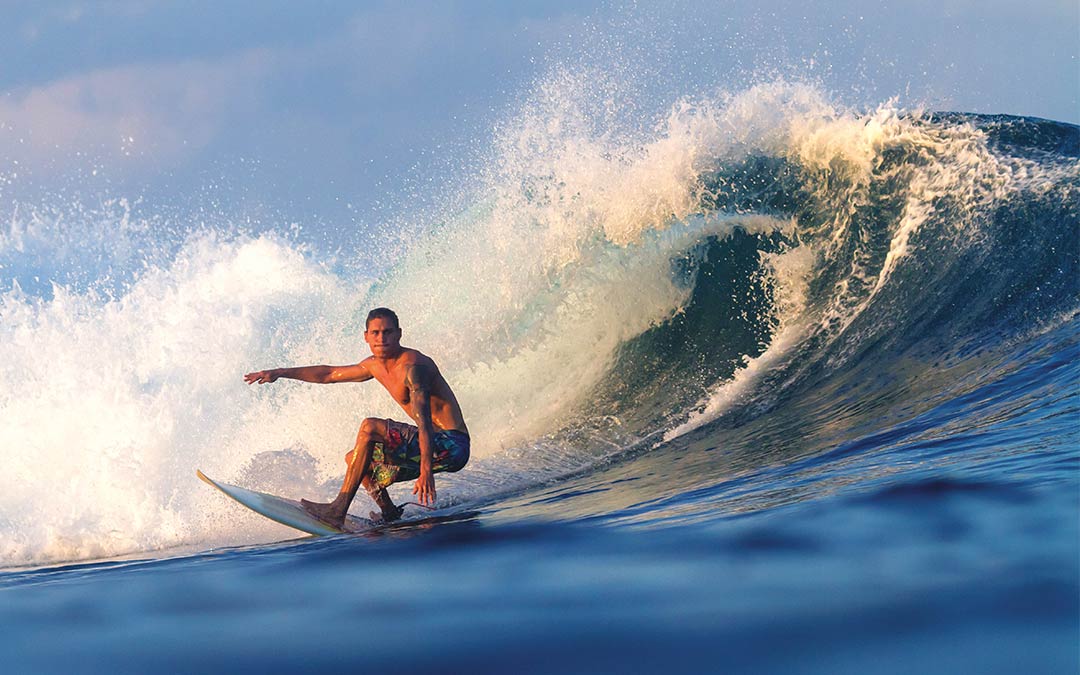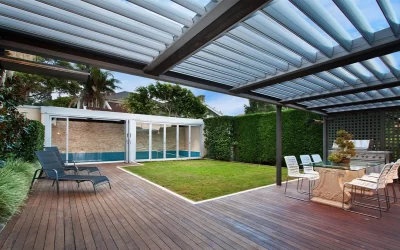Composites Fibreglass International has a range of materials to facilitate your sports equipment needs.
At Composites Fibreglass International, we have specialty materials such as epoxies, carbon fibre and vinyl ester resins, super-tough adhesives like methacrylates, and dynamic cores such as Vicell PVCs and Armacell PETs, PMI cores and grades, allowing you to engineer the highest quality sports equipment you can.
We have a knowledge of the specific processes required to construct this type of product and we can help you with close mould products and ancillaries to support your process. When it comes to know-how, we also have an experienced team of experts willing to engage and work with you to come up with the most appropriate solution.
Composites in Today’s Sports and Leisure Industry
Composites are found in more than half of the products used in outdoor sports today. More specifically, seven in ten of the most popular outdoor and recreational activities. From fishing rods to tennis rackets to skis, you’ll find composites being used in equipment for all of these sports.
The Reasons Behind the Rise of Composites Being Used in the Sports and Leisure Industry
Lightweight
One of the core reasons for the increased use of composites in sporting equipment is their light weight. For instance, carbon fibre is at least four times lighter when compared to steel. It is also exceptionally lighter than aluminium.
Since composites such as carbon fibre are so light, they help to improve athletic performance. For example, take carbon fibre in sports like tennis. The use of these composites dramatically reduces the weight of tennis rackets, allowing athletes to move more freely and avoid greater level of fatigue as would be the case when holding a heavier rocket for an extended period of time. The reduced weight also makes it easier to raise the racket. Additionally, it boosts player response and lets them hit the ball much quicker. They can also run faster to reach the ball and hit it back to the other side of the court.

Dimensional Stability
Composites also have better dimensional stability when compared to other materials such as wood. When exposed to cool or hot conditions, composites keep their shape and do not buckle or warp. Conversely, wood, some types of metal, and other alloys tend to swell and shrink.
Corrosion Resistance
Since many sports are enjoyed outdoors, there is a requirement for corrosion-resistant equipment. After all, external elements like humidity, moisture and salt destroys metals and alloys. In fact, corrosion losses across the planet equate to a whopping $2.5 trillion every year.
Luckily, composites do not rust or corrode when exposed to these particular conditions and elements.
Protective Features
Composites provide protective features at such a high standard, they are now being used in military equipment. Military applications range from body armour to combat helmets. Larger applications such as armored vehicles, submarines and tanks now also consist of composites.
Since these materials protect our servicemen, the same is applied to sports for athletes. That is why you will now discover composites in sports helmets, protective clothing and masks. Even protective footwear and eyewear, as well as pads, have composites in them.
Force 9 have collaborated with CFI to create an exciting offering in sustainable solutions for the surf industry.
Force 9 Surfboards have been manufacturing premium performance surfboards of all shapes and sizes for over 35 years, using the highest quality materials, newest technologies available and quality craftsmanship.
Using Composite Fibreglass International’s Armacell Struct core (a fully recycled PET structural core material), Force 9 have developed a new fin box technology giving greater strength and performance to the critical fin area of surfboards. These sustainable solutions for surfboard manufacturing could lead the way for change and innovation in the years to come.

When considering the use of composites in the surfing industry, there are 6 main benefits:
Weigh less. A standard fibreglass surfboard may weigh around 15 kilograms. Composite surfboards come much lighter than that, having an enormous difference when dragging your surfboard down the beach or over the rocks.
Beginner surfers. Beginners will particularly enjoy the benefits of composite surfboards. Composite surfboards are easier to handle, lighter, and float better, giving them a better chance of catching the wave. The beginner will also appreciate that the lighter surfboard means less impact and injury when colliding with the board.
Float better. Composite surfboards float better due to their lighter weight and the type of foam in the centre, providing better buoyancy. Beginner surfers will find it much easier to catch a wave with a really buoyant surfboard.
Last longer. Composite surfboards last much longer.
Less dingable. Composite surfboards are extremely tough and durable, whereas traditional fibreglass surfboards are prone to dings, erosion and cracking.
Don’t get waterlogged. Once a traditional fibreglass board gets dinged or cracked, the water starts to leak into the surfboard. Two things then start to happen. Firstly the surfboard gets heavier and won’t float as well. Secondly, the surfboard starts to discolour, delaminate, and if you let it go on for long enough, rot. Eventually the water logging will force you to buy a replacement. Composite surfboards are very durable to ensure these concerns won’t be for you.
Composites Fibreglass International provides innovative and agile approaches to deliver high-quality composite solutions in the field of sports and leisure. If you’d like to know more about us, feel free to contact us on 07 3040 4353 or info@cfint.com.au.



